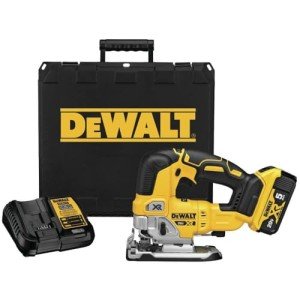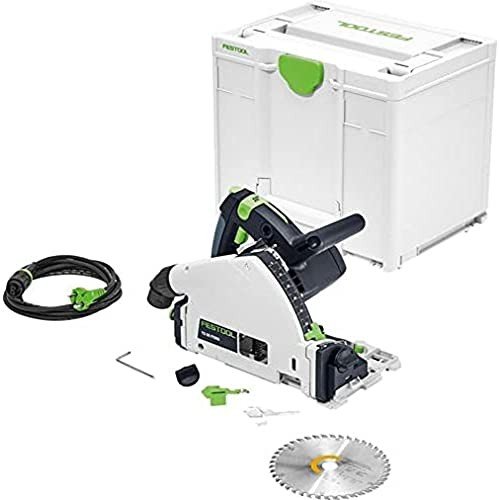Five People You Need To Know In The Shop Power Tools Industry
페이지 정보

본문
 The Workhorse of the Shop Power tools online
The Workhorse of the Shop Power tools online Hand-held power Tools deals Uk are powered by internal combustion, electricity or compressed air. They are used to cut, drill and sanding materials.
Hand-held power Tools deals Uk are powered by internal combustion, electricity or compressed air. They are used to cut, drill and sanding materials.A table saw is among the most vital power tools that every woodworker ought to own. It is able to handle nearly any cutting task. Consider a miter-saw stand and a drill/driver combo.
Table Saw
Table saws are one of the most versatile tools in the shop. It can rip stock and Tools Online cross-cut it, slit it, miter it and even dado or rabbet it. It is also able to cut angles for chests, frames or planters.
The saw is equipped with a large circular blade which spins at high speeds. The table has large dimensions which support the stock as it moves through the blade. The saw blade is guarded by guards for the blade that help to keep the wood from becoming caught and possibly being kicked back toward the operator. The saw is also protected by a splitter or cutting blade. This is a vertical projection directly behind the blade and can be shaped like a fin or pin.
Contractor-style tablesaws are equipped with a bigger motor, that is hinged off the rear and drives the blade with two or three rubber V-belts. These saws are generally employed by tradesmen and carpenters however they can be found in the home shop as well. These saws come with more features, including the sliding mitertable, as opposed to portable ones.
Table saws that are smaller have smaller motors, lighter in weight which is usually driven by belt. They are less feature-packed and are geared more toward hobbyists and home use. Some have the sliding miter table which allows the user to make complex cuts such as those for picture and mirror frames or drawers, boxes and cases.
Utilizing a table saw correctly is crucial to avoid injuries. When performing rip cuts, always sit to the left and keep your hands off the saw's blade. When cutting, it is crucial to utilize a guide block or push stick. This is particularly true in commercial environments where HSE standards require that you maintain a minimum distance from the blade.
A lot of woodworking projects require tapered legs, and the easiest and most efficient method of cutting them is with a table saw and a simple tapering jig which you can create at home. A tapering jig can be adjusted to any angle that is between zero and fifteen degrees. This lets you cut any tapered legs in your workshop.
Bandsaw
A bandsaw is ideal for cutting different shapes out of wood and metal, making it a vital tool for custom fabrication. It's also a valuable tool for furniture making, cabinetry, and other woodworking projects. The saw is able to be used for curved cuts including circles and can cut through a variety of materials including ice.
There are two primary types of bandsaws: the vertical and horizontal. Vertical bandsaws are great in cutting curves, resawing and freehand cutting. Horizontal bandsaws provide a more straight and angled cut. The saw can be operated manually or through a powered feed system. Manual bandsaws require the user manually lower and raise the blade for each cut, whereas power-fed systems are more efficient.
Safety is the most important factor when using bandsaws. Wear protective gear such as safety glasses or ear protection, to protect yourself from dust and noise. To prevent accidents and injuries, keep your feet and hands clear of the blade. It is also essential to set up the saw correctly to ensure safe operation. Make sure that the blade and guides are aligned and the blade is properly secured.
Depending on the material you're cutting, it may be required to adjust the saw's speed and feed rate to achieve optimal results. Regular maintenance that includes adjustments to the tension and tracking of the blade, will ensure that your saw makes accurate and clean cuts and prolongs the life of its.
The blade of a bandsaw will usually be made of heat-treated stainless steel to resist the wear and tear that occurs with regular use. The teeth are also welded onto the saw which gives it a unique shape and preventing them from being removed or damaged by a sudden jolt.
The throat depth of a bandsaw determines the size of the piece of wood it can cut. Larger throat depths enable you to cut larger pieces of lumber, and are helpful for resawing or cutting, both of which are techniques that involve cutting across the grain. It is also important to note that some bandsaws feature tilting tables that can be helpful in making certain types of angled cuts, or for repurposing scrap wood.
Dust Collector
Woodworking tools produce a lot chips and dust, which must be collected in order to safeguard your health and maintain the cleanliness of your shop as well as the durability of your equipment. The kind of dust collector you require will depend on the size and quantity of power tools that you employ in your shop and also their frequency of use. The best woodworking dust collectors provide exceptional filtering capabilities that can remove fine particles from the air and help you breathe cleaner, healthier and more comfortable while you work.
Nederman provides dust collection solutions to meet your needs regardless of whether you're a small-scale shop or a large production woodworking facility. Our woodworking dust collection as well as waste management and combustible dust solutions combine care for the environment and improvements in the efficiency of machines and quality.
There are many types of woodshop dust collection systems on the market and include:
A basic dust extractor can replace your shop vacuum. The units connect to power tools using the hose that connects the dust port on the machine. When you switch on your tool the hose will be activated and draws in dust and debris from your workspace.
Depending on the model you select, the majority of dust extractors have HEPA filters to effectively remove dust particles that can lead to respiratory issues over time. They also typically have a higher CFM (cubic feet per minute) airflow to move an increased amount of air. They may also have an indicator of airspeed and a system which automatically cleans the air filters.
If you own a larger shop or would like the added flexibility to use your woodworking tools on the go, think about a portable woodshop dust collector with a rechargeable battery and an in-line connection that can be connected directly to a power tool. They are easy to transport and have the capacity to handle multiple online store tools at a time. They are small and come with a caster base. They also include a collection filter or bag to make it easy to empty.
If you are an experienced woodworker or contractor, you may require an additional efficient dust collection system. These units are more expensive than extractors, but they offer a wider selection of filtration options and can be hung on a wall or placed in their own room. These units can be used to wash the plaster, drywall and other demolition tasks as well as woodworking projects.
Planer
The planer is the best power tool no woodshop should be without. It may not be the sexiest or most flashy but it can make one of the most significant improvements in your ability to transform rough lumber into beautiful and useful projects. It can be used to reduce boards to a certain thickness. It can be used on both hardwoods and softwoods. It is also useful when working with knotty, unwieldy or twisted wood that is not possible to handle with hand tools.
A quality portable planer is worth the price of admission to any woodworking shop. You may be able to find a good price on a planer slightly used, but pay particular attention to the condition of the cutter head as well as tables for outfeed and infeed. These items will determine the level of performance your planer will perform and whether or not it will last for a long time before you need to replace parts. If the cutter head is not of a high quality it will quickly wear down and you might need to replace it in an extremely short period of time.
The jointer and the planer are not the exact identical machines. A jointer makes the boards straight and flat, whereas the planer can cut boards down to a certain thickness. Some woodworkers employ both machines at once to finish a project. However, they are both essential for any workshop handling rough lumber on a daily basis.
If you want to do woodworking at a professional level and you are looking for an equipment that is reliable that is commercial-grade, then a planer is a good investment. These machines are designed to be used in situations where the speed of production is more important than the surface finish. These machines will save you a lot of time, but you'll need to be very careful not to overload them as they could fail to function properly and burn out. They also have to be maintained in a way that ensures that they function properly. A good shop maintenance routine will go a long ways in extending the life of your planer.
- 이전글The 10 Most Terrifying Things About Cheap Double Stroller 25.01.03
- 다음글ChatGPT Gratis: the free aI Tool you Can’t Afford to Overlook 25.01.03
댓글목록
등록된 댓글이 없습니다.